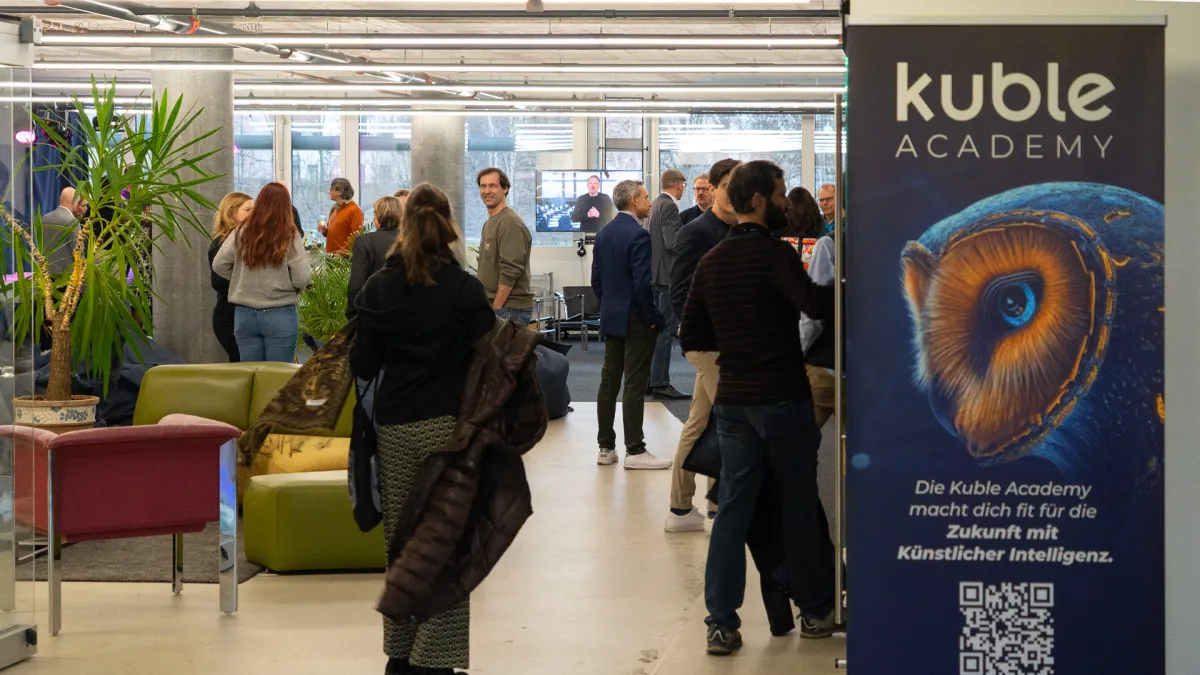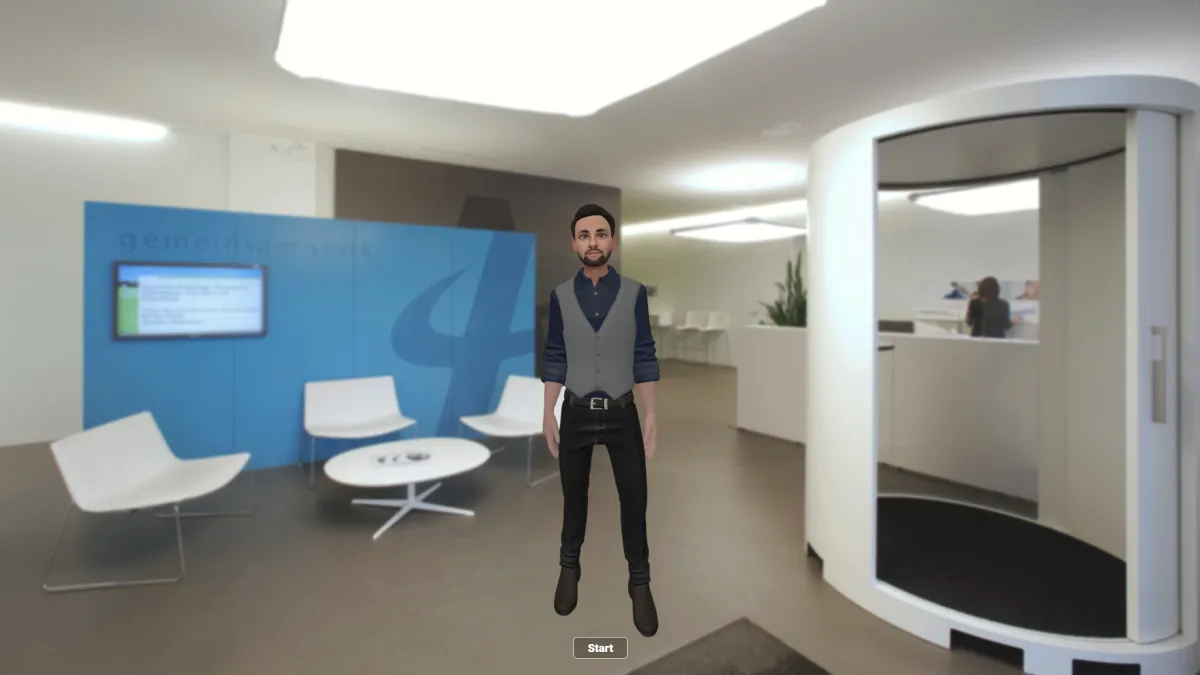
Shadow AI in Companies: Risk or Innovation Driver?
While many companies are still hesitant with official AI policies, employees have long been using AI tools like ChatGPT on their own initiative. Welcome to the world of "Shadow AI." What lies behind it, why it is both a risk and an opportunity – and how companies in Switzerland can handle it wisely.
What is Shadow AI?
Shadow AI refers to the unofficial use of AI tools by employees without the approval or knowledge of the IT department. This often occurs for efficiency reasons: AI assists in writing, analyzing, or programming. It becomes problematic when confidential data is entered into unsecured tools or when legal requirements are violated. Shadow AI primarily arises where official solutions are lacking or introduced too slowly.
Opportunities: Innovation Impulse from the Workforce
Shadow AI is also a sign of creativity: employees want to be more productive and experiment with new tools. This leads to innovations and application examples that can benefit the company in the long run. Many companies now recognize: Shadow AI shows where the demand lies. Those who listen find out which functions and support employees desire.
Risks: Data Protection, Reputational Damage, and Legal Violations
Yet, Shadow AI poses significant risks. If sensitive information is entered into AI systems that store or reuse their data, data protection violations and reputational losses threaten. Additionally, there is often a lack of quality control over AI outputs. It also becomes tricky from a regulatory perspective: The Data Protection Act applies in Switzerland, the new AI Act in the EU. Those who do not comply risk sanctions.
Best Practices for Companies
Instead of banning Shadow AI, companies should actively manage it:
- Create transparency: Educate employees on what is allowed – and what is not.
- Define guidelines: Which tools are approved? Which data should not be processed?
- Offer alternatives: Provide official, secure AI tools that make Shadow AI unnecessary.
- Conduct training: AI competency is already mandatory in the EU, but the benefits are apparent elsewhere too.
- Establish governance: Clearly regulate monitoring, roles, processes, and responsibilities.
Relevance of the EU AI Act for Switzerland
The new EU AI Act is also relevant for Swiss companies if they operate in the EU or if their AI is employed there. Particularly important: Article 4 obliges companies to train their employees in handling AI. Although Switzerland does not plan its own AI law, it increasingly aligns itself with EU requirements. Those who allow Shadow AI without control mechanisms act also regulatory risky.
Conclusion: From the Shadows into the Light
Shadow AI is no longer a fringe phenomenon. In many companies, it is a reality – whether desired or not. Those who ignore or prohibit it miss the opportunity to learn from it. Those who take it seriously can turn it into an engine of innovation. The key is: clear rules, transparent communication, suitable tools, and the promotion of AI competence.
Shadow AI is no longer a problem, but a driver for the future.
If you want to develop guidelines or training on AI for your company, feel free to contact us. We help you use AI safely, meaningfully, and sustainably.


